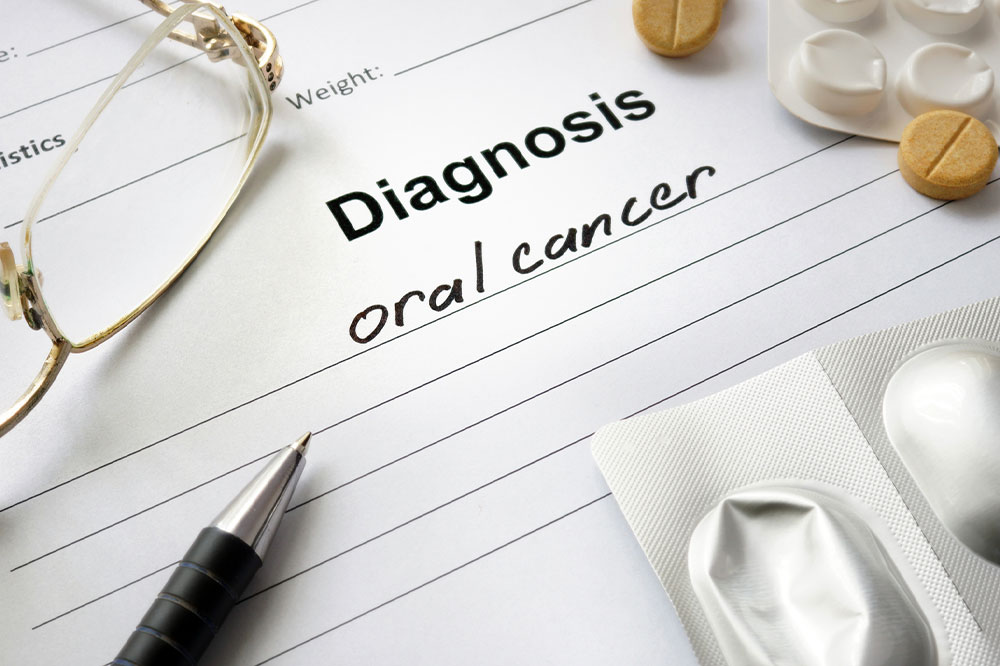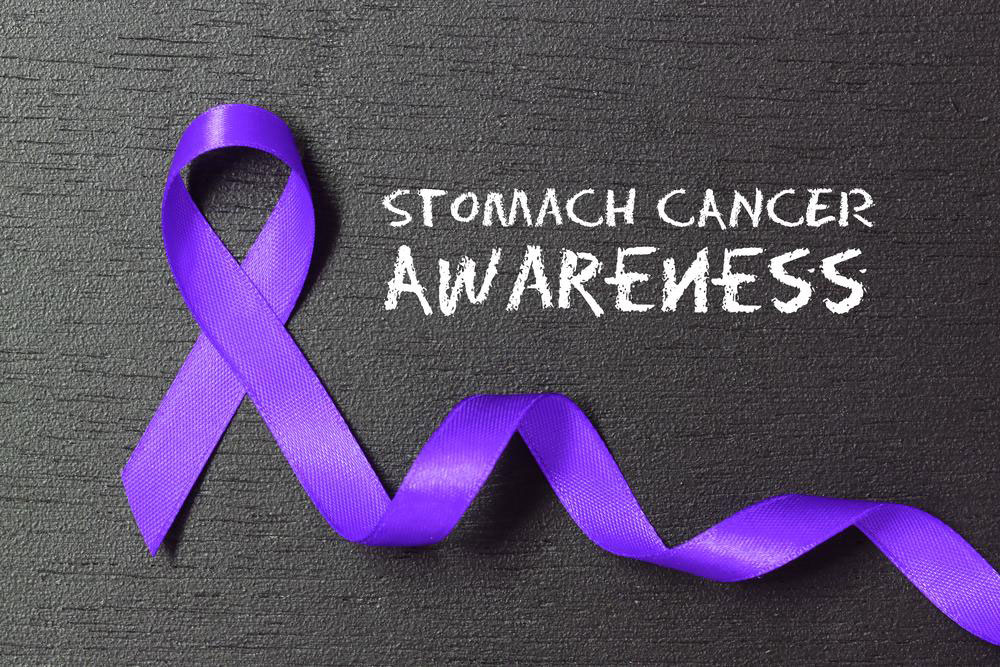Comprehensive Guide to Recognizing and Managing Essential Tremors
This comprehensive guide explores the symptoms, causes, and management strategies for essential tremors. It highlights how early detection and appropriate treatment can improve quality of life for those affected by this progressive neurological disorder. Learn about lifestyle modifications, medical options like medications and deep brain stimulation, and the importance of working with healthcare professionals to manage tremors effectively.

Understanding the Symptoms and Effective Management Strategies for Essential Tremors
Essential tremors are a neurological condition characterized by involuntary, rhythmic shaking movements that can manifest in various parts of the body. While they most commonly affect the hands, arms, and fingers, these tremors can also involve other regions such as the tongue, neck, face, head, legs, and torso. The onset of symptoms is often subtle, initially presenting as shaky hands during routine activities like eating, drinking, writing, or grasping objects. These tremors tend to worsen with physical exertion or emotional stress, making daily tasks increasingly challenging.
Despite often being confused with Parkinson's disease due to somatic tremors, essential tremors are a distinct condition with different clinical features. While Parkinson's typically presents with resting tremors and other neurological signs, essential tremors mostly occur during voluntary movements, such as reaching for an object or holding a glass. Interestingly, some studies suggest that individuals with essential tremors might have a slightly increased risk of developing Parkinson's disease later in life, though the two remain separate diagnoses.
The exact cause of essential tremors remains unknown; however, research indicates that genetics play a significant role, with many cases appearing to run in families. Environmental factors, including exposure to toxins or certain substances, may also influence the onset. Notably, lifestyle choices such as excessive alcohol consumption or high intake of processed meats have been linked to symptom severity, possibly due to their impact on neurological health.
Early identification of essential tremors depends heavily on recognizing tremors during routine activities or when performing fine motor tasks. The severity often increases under conditions such as stress, fatigue, low blood sugar, or caffeine intake. As the disorder progresses, individuals may experience difficulties with everyday functions like grooming, eating, writing, or walking steadily. In advanced stages, balance problems and coordination deficits can lead to falls and injuries, necessitating ongoing support or assistance.
Since essential tremors are a progressive neurological disorder, there is currently no cure. However, various management strategies can significantly improve quality of life. Lifestyle modifications, such as reducing alcohol and caffeine intake, ensuring adequate rest, and managing stress effectively, are foundational to control symptoms. Medical treatments include pharmacological interventions like beta-blockers or anticonvulsants, which can lessen tremor amplitude. For severe cases or those unresponsive to medication, surgical procedures such as deep brain stimulation (DBS) offer promising results by targeting specific brain regions involved in tremor generation. Occupational therapy can aid in teaching compensatory techniques to perform daily activities more comfortably. It's crucial for individuals with essential tremors to work closely with healthcare professionals for personalized treatment plans and ongoing assessment.
In conclusion, essential tremors are a common but often misunderstood neurological condition. Recognizing the early signs can lead to timely intervention, helping manage symptoms and maintain independence. With advancements in treatment options, many individuals continue to lead active lives despite the challenges posed by this disorder. Raising awareness about essential tremors is vital for early diagnosis and effective management, ultimately enhancing patient outcomes and quality of life.
Essential Tremors
Neurological Disorder
Symptoms and Treatment
Progressive Condition





